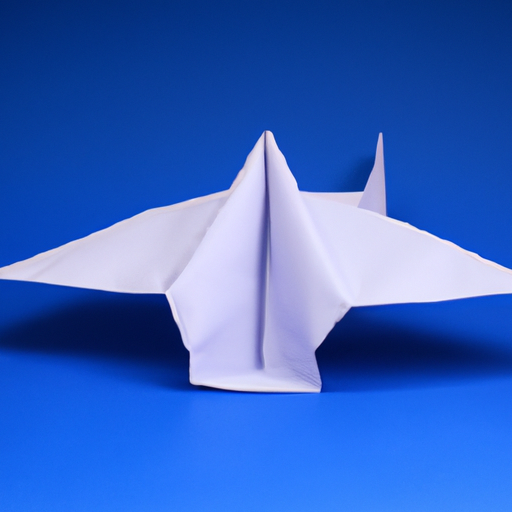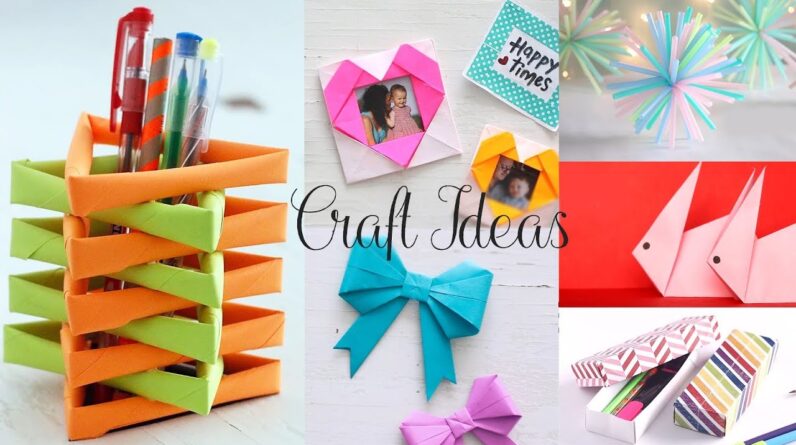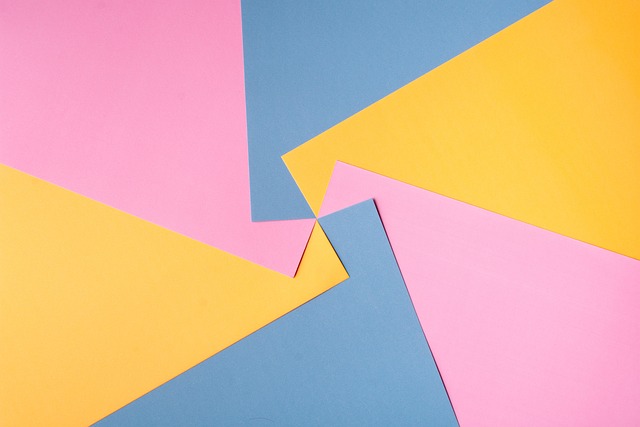
Have you ever wondered how to make a paper airplane? It may seem like a simple childhood toy, but the art of creating the perfect paper airplane can be quite enjoyable and rewarding. In this article, we will guide you through each step of the process, from folding the paper to adjusting the wings, so that you can create your very own airplane that soars through the air with precision and grace. So, let’s dive in and discover the secrets of making an amazing paper airplane!
First things first, gather all the materials you will need for this project. You will obviously need a sheet of paper, preferably a standard letter-sized one. To make things even more fun, you can choose a colorful or patterned paper to give your airplane a unique look. Additionally, you might find it helpful to have a ruler and a pair of scissors handy, although they are not essential. In the next paragraphs, we will go over the step-by-step process of folding your paper airplane, ensuring that you understand each instruction clearly. By the end of this article, you will have all the knowledge you need to create a fantastic paper airplane that will impress your friends and family. So get ready to embark on a thrilling journey into the fascinating world of paper airplane making!
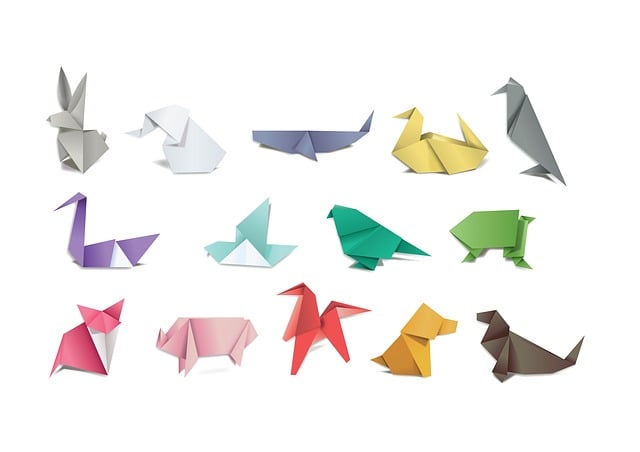
Table of Contents
How to Make a Paper Airplane: Step-by-Step Guide
making a paper airplane can be a fun and creative activity. With just a few materials and a little patience, you can create your very own paper airplane that soars through the air. In this step-by-step guide, we will take you through the process of making a paper airplane from start to finish. So, gather your materials and get ready to embark on an exciting paper-folding adventure!
Materials Needed
Before we begin, let’s gather the materials you will need to make your paper airplane:
-
Paper – Choose a lightweight paper that is easy to fold. You can use regular printer paper, but if you want your airplane to fly better, consider using a thin and smooth paper like origami paper.
-
Scissors – You will need a pair of scissors to shape the paper and make precise cuts.
-
Ruler – A ruler will come in handy for measuring and creating straight folds.
Now that you have all the materials ready, let’s get started!
Step 1: Choosing the Right Paper
The first step in making a paper airplane is choosing the right paper. Consider the size of the paper you want to use. If you are making a small airplane, a standard 8.5 x 11 inch paper will work just fine. However, if you want a larger airplane, you may need a bigger sheet of paper.
In addition to size, you should also choose a lightweight paper. A lighter paper will be easier to fold and will make your airplane fly better. Thicker papers may be harder to manipulate and could affect the flight performance of your airplane. So, opt for a thin and smooth paper for the best results.
Step 2: Folding the Paper
Now that you have chosen the right paper, it’s time to start folding. Follow these steps to fold your paper airplane:
-
Fold the paper in half – Take your piece of paper and fold it in half lengthwise. Make sure the edges are aligned before creasing the fold.
-
Unfold the paper – After folding the paper in half, unfold it and lay it flat again. This will create a crease down the center of the paper, which will serve as a guide for your future folds.
-
Fold the top corners down – Take the top corners of the paper and fold them down towards the center crease. The exact angle of the fold will depend on your personal preference.
Step 3: Creating the Wings
Now that you have folded the paper into a basic shape, it’s time to create the wings of your paper airplane. Follow these steps to shape the wings:
-
Fold down the top edge – Take the top edge of the paper and fold it down towards the center crease. This will create a triangular shape at the top of your paper airplane.
-
Fold down the other top edge – Repeat the previous step on the other side of the paper, folding down the top edge towards the center crease. This will create another triangular shape on the opposite side of the airplane.
-
Create a wing shape – Take the newly folded edges of the paper and fold them up slightly to create the wings of your airplane. The size and angle of the wings will depend on your personal preference.
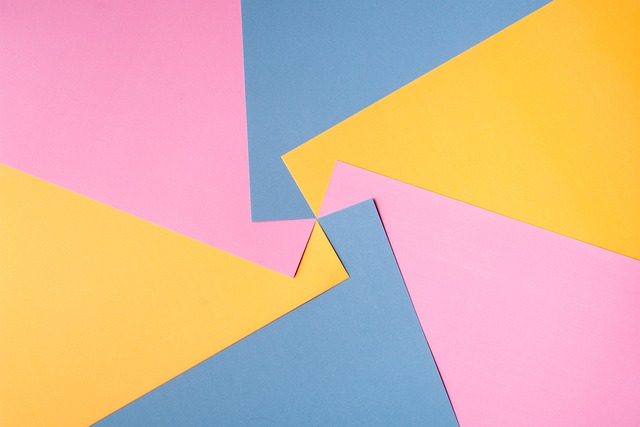
Step 4: Folding the Wings
With the wings of your paper airplane in place, it’s time to fold them down to achieve the desired shape. Follow these steps to fold the wings:
-
Fold the wings down – Take the wings of your airplane and fold them down towards the bottom edge of the paper. This will give your airplane stability and help it to fly straight.
-
Make sure both wings are symmetrical – As you fold the wings down, make sure they are symmetrical to each other. This will ensure that your paper airplane flies evenly and smoothly.
Step 5: Making the Tail
Now that your paper airplane has wings, it’s time to create the tail that will help stabilize its flight. Follow these steps to shape the tail:
-
Fold up the bottom edge – Take the bottom edge of your paper airplane and fold it up towards the wings. This will create a straight edge at the bottom of the paper.
-
Fold it again – After folding up the bottom edge, fold it in half again. This will create a thicker tail, which will provide stability during flight.
-
Create the tail shape – Finally, fold the edges of the tail inward to create a triangular shape. This will complete the tail of your paper airplane.
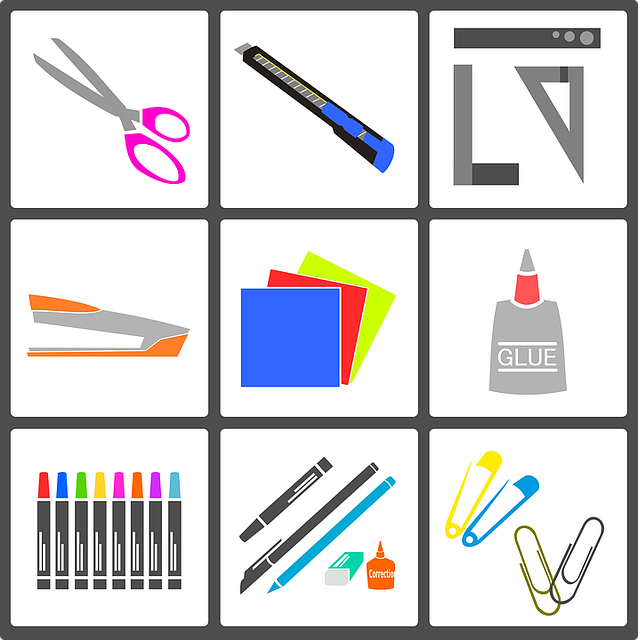
Step 6: Adding Finishing Touches
Now that your paper airplane is taking shape, it’s time to add some finishing touches to make it fly even better. Follow these steps to complete your paper airplane:
-
Round the wings’ tips – Take a pair of scissors and carefully round the tips of the wings. This will reduce drag and make your paper airplane more aerodynamic.
-
Adjust the wings for better flying – If you find that your paper airplane is not flying straight or is veering off to one side, try adjusting the angle and position of the wings. A slight tweak can make a big difference in its flight path.
Step 7: Test Flight
Congratulations! Your paper airplane is now ready for its test flight. Follow these steps to see how well it flies:
-
Hold the airplane at the middle – Place your index finger at the center of the paper airplane, where the wings and tail meet. This will provide stability and control during the flight.
-
Throw it gently and observe – To launch your paper airplane, gently throw it forward with a flick of your wrist. Observe how it flies and adjust the angle and position as needed for better performance.
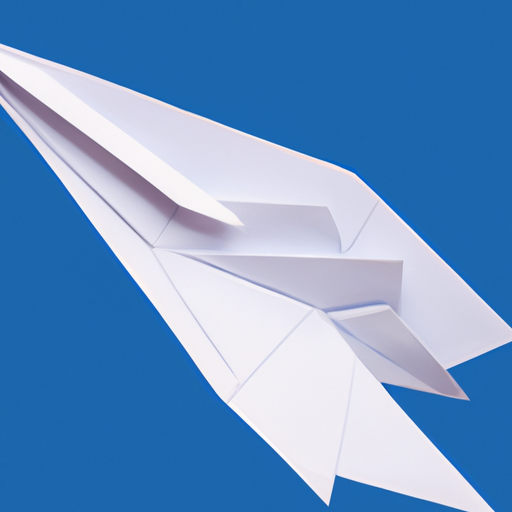
Tips and Tricks
Here are a few tips and tricks to enhance your paper airplane-making skills:
-
Experiment with different paper sizes – Try making paper airplanes of different sizes to see how it affects their flight. Smaller airplanes may be faster, while larger ones may glide longer.
-
Refine the folding technique – Practice makes perfect! Keep refining your folding technique and experiment with different folds to create unique paper airplanes with different flight characteristics.
Conclusion
Making a paper airplane is a simple yet enjoyable activity that can be enjoyed by people of all ages. With just a few materials and some folding techniques, you can create your very own flying machine. While it may take some practice to master the technique, the joy and satisfaction of seeing your paper airplane soar through the air make it all worth it. So, grab some paper, scissors, and a ruler, and start creating your own paper airplanes today!
